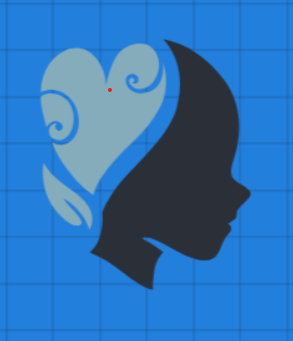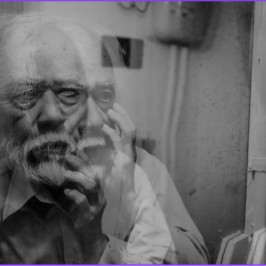
Definition of DBT
Dialectical Behavior Therapy (DBT) is a type of cognitive-behavioral therapy that was originally developed to treat individuals with borderline personality disorder. It combines elements of mindfulness, distress tolerance, emotion regulation, and interpersonal effectiveness to help individuals manage difficult emotions, improve relationships, and achieve their goals.
History of DBT
DBT was developed in the late 1980s by psychologist Marsha Linehan. She recognized that traditional cognitive-behavioral therapy was not effective for individuals with borderline personality disorder, who often struggle with intense emotions and difficulty regulating them. Linehan drew from Eastern meditation practices and developed DBT as a way to help individuals with these challenges.
How DBT differs from other therapies
DBT differs from other therapies in its focus on acceptance and change. It teaches individuals to accept their current situation while also working towards change. It also emphasizes the importance of the therapeutic relationship and the role of the therapist in helping individuals achieve their goals.
Who Can Benefit from DBT?
Mental health conditions that DBT can help with
DBT has been shown to be effective in treating a variety of mental health conditions, including borderline personality disorder, depression, anxiety disorders, eating disorders, and substance use disorders.
How DBT can benefit individuals with these conditions
DBT can benefit individuals with these conditions by teaching them skills to manage difficult emotions, improve relationships, and achieve their goals. It can also help individuals develop a greater sense of self-awareness and self-acceptance.
Who may not be a good fit for DBT
DBT may not be a good fit for individuals who are not willing or able to actively participate in treatment. It may also not be appropriate for individuals with severe cognitive or intellectual impairments.
How Does DBT Work?
The four components of DBT
DBT consists of four components: individual therapy, group skills training, phone coaching, and therapist consultation team. Individual therapy focuses on helping individuals apply DBT skills to their specific challenges. Group skills training teaches individuals the skills they need to manage difficult emotions, improve relationships, and achieve their goals. Phone coaching provides individuals with support outside of therapy sessions. Therapist consultation team ensures that therapists are providing effective treatment.
How each component works to help individuals
Each component of DBT works together to help individuals develop the skills they need to manage difficult emotions, improve relationships, and achieve their goals. Individual therapy provides personalized support and guidance. Group skills training allows individuals to learn from others and practice new skills in a supportive environment. Phone coaching provides individuals with support when they need it most. Therapist consultation team ensures that therapists are providing effective treatment.
The role of the therapist in DBT
The therapist plays a crucial role in DBT by providing support, guidance, and accountability. They help individuals apply DBT skills to their specific challenges and provide feedback on progress.
What to Expect During DBT Treatment
The stages of DBT treatment
DBT treatment typically consists of four stages: stabilization, behavioral change, problem-solving, and maintenance. Stabilization focuses on helping individuals manage intense emotions and reduce self-destructive behaviors. Behavioral change focuses on developing new skills and behaviors. Problem-solving focuses on applying new skills to specific challenges. Maintenance focuses on maintaining progress and preventing relapse.
Conclusion
DBT is a type of cognitive-behavioral therapy that can help individuals manage difficult emotions, improve relationships, and achieve their goals. It consists of four components: individual therapy, group skills training, phone coaching, and therapist consultation team. Individual DBT treatment typically lasts for one year and consists of four stages: stabilization, behavioral change, problem-solving, and maintenance. If you are interested in DBT treatment, it is important to seek professional help from a qualified mental health provider. If you feel we could help, please contact us today.






